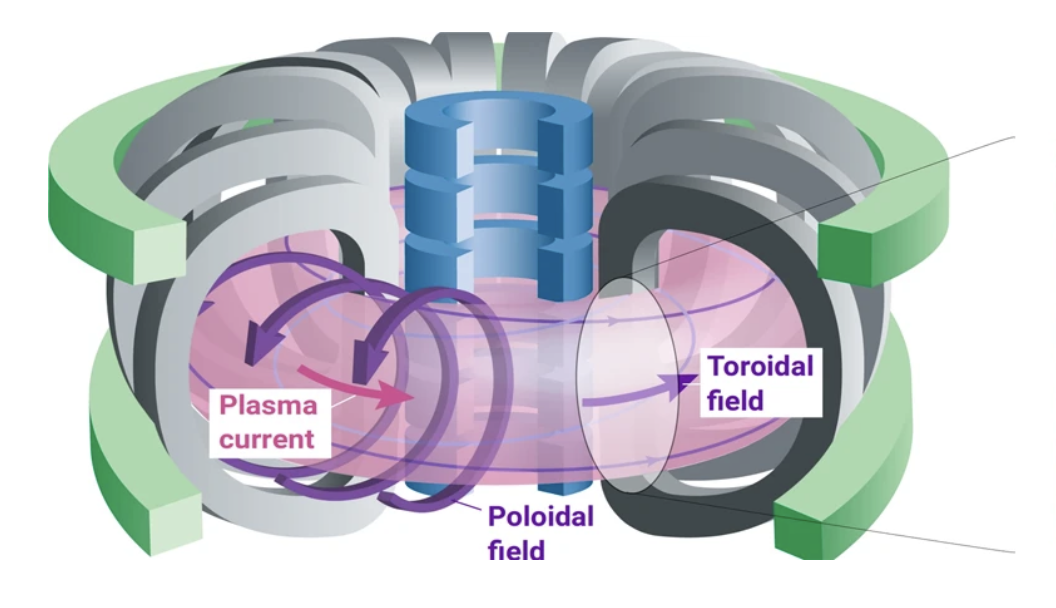Researchers at the Oden Institute for Computational Engineering and Sciences at The University of Texas at Austin have unlocked the door to quantifying uncertainty in real-world problems.
Published in the journal Communications Engineering from Nature, their findings are applicable to fields ranging from plasma physics to weather prediction.
Uncertainty Quantification (UQ) is the work to understand and reduce uncertainties in numerical simulations. UQ often requires thousands of highly accurate simulations, taking hundreds of thousands of hours on a supercomputer to perform.
Dr. Ionut Farcas and his collaborators, Drs. Gabriele Merlo and Frank Jenko, set out to trim the least necessary parts of these simulations through sensitivity analysis (SA), to make them just as accurate but far less expensive to run.
Their approach was to exploit the fact that in real-world problems there are often many uncertain inputs, but usually only a small subset of them is important.
SA determines which inputs can be blamed for the uncertainty in a simulation’s output. This can guide the development of a simplified model or help scientists explain the results of an experiment. The same principle is what makes it possible to watch a movie on your phone: decreasing pixel count in imperceptible ways by eliminating tiny details like shadows around an actor’s face.
Another successful application is weather prediction. UQ is the difference between a possibility of rain sometime this weekend and a light drizzle beginning at 2:32 PM and ending at 8:47 PM tonight.
A computational scientist like Farcas would call this the transition from interpretable numerical simulation to predictive numerical simulation.
“To get from an interpretable simulation to a predictive simulation, you have to quantify uncertainty,” Farcas explained. “Uncertainty is present in most situations due to things like measurement errors.”
To demonstrate that their approach enables both UQ and SA, the three researchers employed it in the context of plasma physics. The overarching goal of plasma physics is to replicate what happens in stars with the end goal of producing energy. The tools of this trade are fusion power devices like tokamaks and stellarators.
